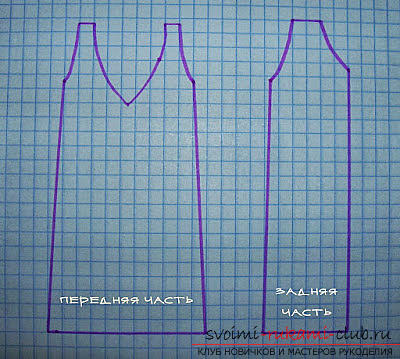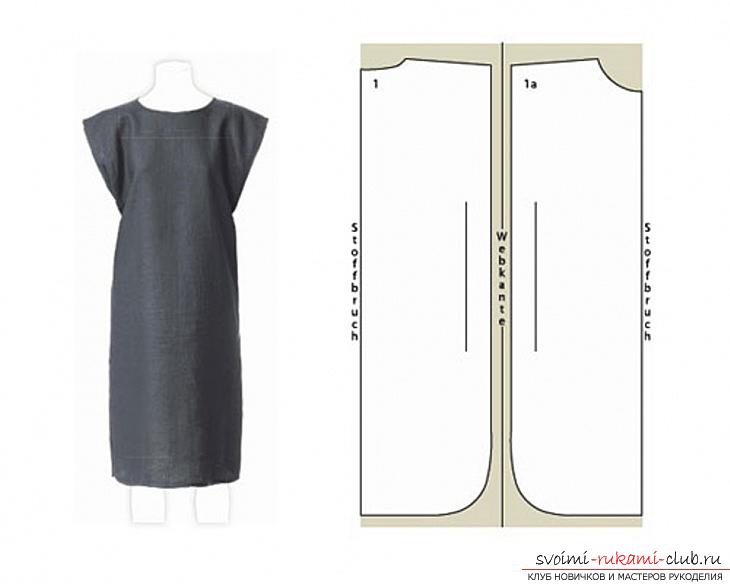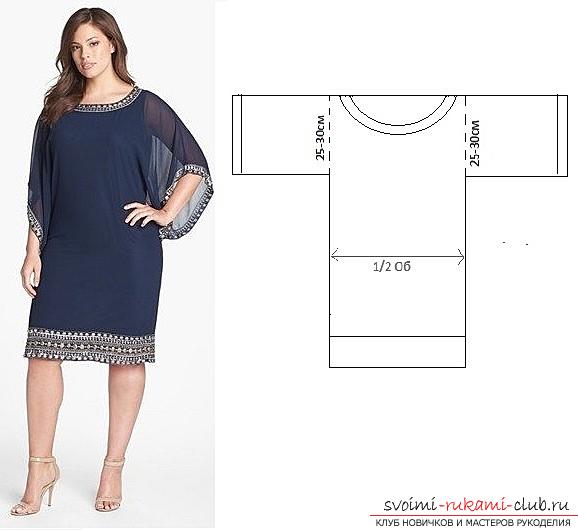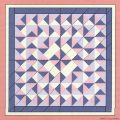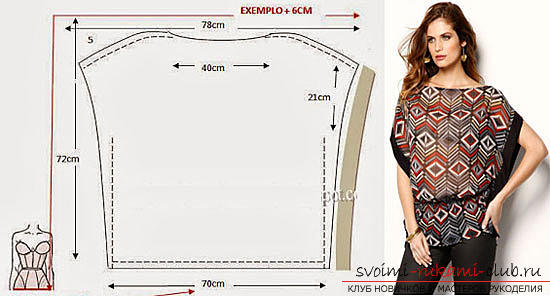
Learn to sew will help the basic rules of cutting and sewing for beginners, set out in the article
The basic rules of cutting and sewing for beginners -this acquaintance with the new kind of needlework for you, the first step to becoming a real seamstress, able to create beautiful, unique, exclusive things, both for the house and for the whole family. After sewing clothes, interior items and decor - it's an opportunity to create your own world, your image, a way of self-expression and self-affirmation. Cutting and sewing are those things that can greatly simplify your life. It happens so, bought a very liked thing to you, only it is not perfect. For example, you need to steal or slightly sew. Every time to wear in the studio - not profitable. And then the question arises: why not learn how to sew? In particular, cutting and sewing. But, after you learn how to sew, there is no longer a problem of this kind before you. All the way to the contrary, before you open up new opportunities. To sew a dress or any other thing will not be a problem for you. Learn how to sew differently. For example, go to special courses, take lessons from a seamstress, or independently learn by means of magazines or the Internet. The only thing that unites all this is desire. It is impossible to learn sewing quickly. Fast - it means poor quality. As a rule, in order to acquire true mastery, you will need years. If you know for sure that you want to sew clothes, then I can advise you, you need some tools. Naturally, first of all, you will need a sewing machine. Also, you need tools such as needles, scissors, patterns, pins, measuring instruments (centimeter tape), graph paper, chalk. Well, for the cutting of clothes you need paper, pencil, tracing paper, etc. 
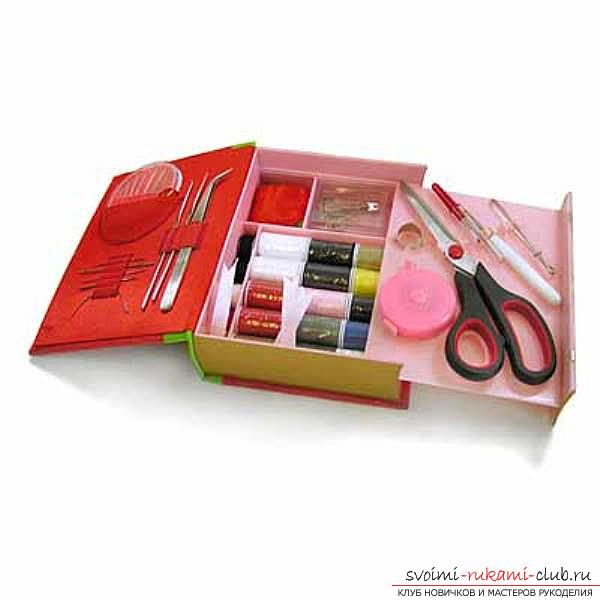 Before starting the training, in addition toall the rest, you need to learn the terminology. Any beginner needlewoman should possess not only practice, but also theory. What, for example, is the difference between the meanings of the terms "sewn" and "sewn" or "stitching" and "pritachat" It should be clearly realized that the measurements from the model should be removed, of course, without thick outerwear. During fitting, the centimeter should fit tight enough to this or that part of the human body. You just can not squeeze it hard. Sometimes it is worth leaving a couple of centimeters. Most often - because of the shortcomings of the figure. Circumference of the hips and chest - this, as a rule, the most convex parts of the body. Therefore, they need to be measured in appropriate places. Initially, it is desirable to perform the drawings in graph paper. And only after that they are transferred to paper. You need to iron the fabric thoroughly, fold it twice, then spread out a pattern on it. All details are circled in a small piece of chalk. Do not forget to consider allowances, this extra space. The material is recommended for cutting with sharp tailor's scissors in order not to spoil the fabric in any case. Cut it out so that the detail you need is on the right, well, and the fabric, respectively, on the left side. After you have all the parts ready, it's time to collect them for the product you need. First collect manually. After the test fitting, when everything is finally fixed, you can use the machine. When the product is almost ready, the slices should be processed independently. You can sew clothes, both on ready-made patterns, and on your own. That is, come up yourself. But, for beginers, of course, you need to take for the simplest products, gradually complicating the task. Below you will find several ready-made patterns of simple products that can easily be turned into beautiful things. And having shown ingenuity and imagination, you can get as a result an absolutely unique model.
Before starting the training, in addition toall the rest, you need to learn the terminology. Any beginner needlewoman should possess not only practice, but also theory. What, for example, is the difference between the meanings of the terms "sewn" and "sewn" or "stitching" and "pritachat" It should be clearly realized that the measurements from the model should be removed, of course, without thick outerwear. During fitting, the centimeter should fit tight enough to this or that part of the human body. You just can not squeeze it hard. Sometimes it is worth leaving a couple of centimeters. Most often - because of the shortcomings of the figure. Circumference of the hips and chest - this, as a rule, the most convex parts of the body. Therefore, they need to be measured in appropriate places. Initially, it is desirable to perform the drawings in graph paper. And only after that they are transferred to paper. You need to iron the fabric thoroughly, fold it twice, then spread out a pattern on it. All details are circled in a small piece of chalk. Do not forget to consider allowances, this extra space. The material is recommended for cutting with sharp tailor's scissors in order not to spoil the fabric in any case. Cut it out so that the detail you need is on the right, well, and the fabric, respectively, on the left side. After you have all the parts ready, it's time to collect them for the product you need. First collect manually. After the test fitting, when everything is finally fixed, you can use the machine. When the product is almost ready, the slices should be processed independently. You can sew clothes, both on ready-made patterns, and on your own. That is, come up yourself. But, for beginers, of course, you need to take for the simplest products, gradually complicating the task. Below you will find several ready-made patterns of simple products that can easily be turned into beautiful things. And having shown ingenuity and imagination, you can get as a result an absolutely unique model. 